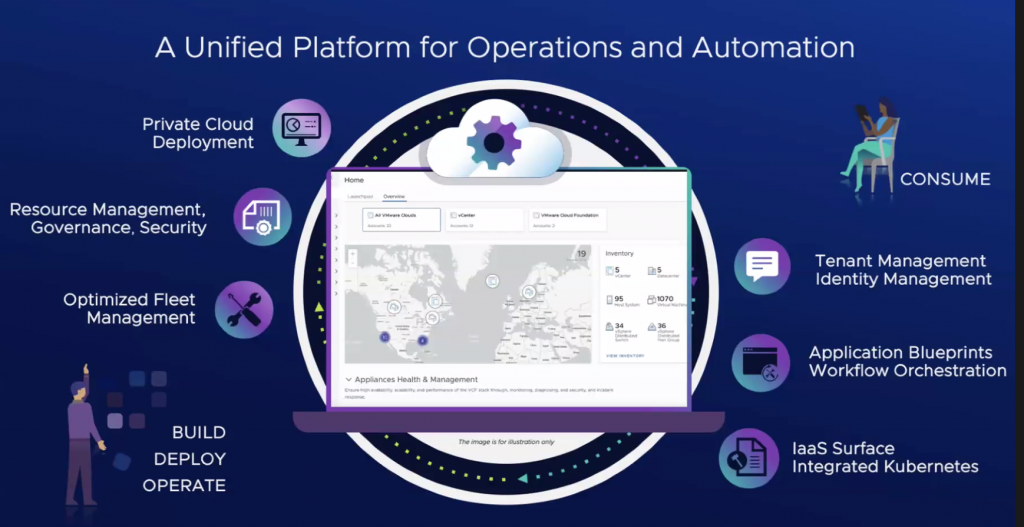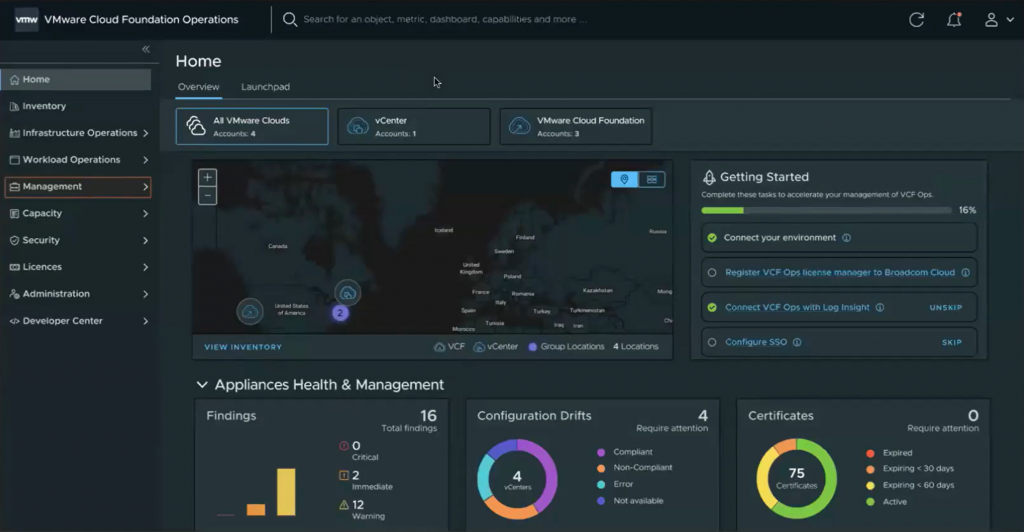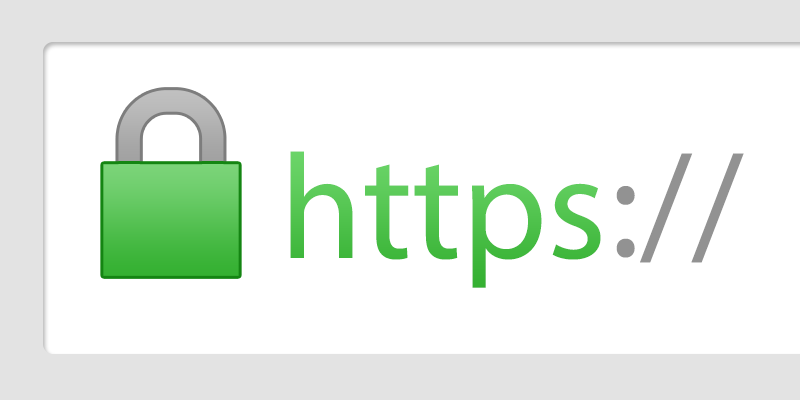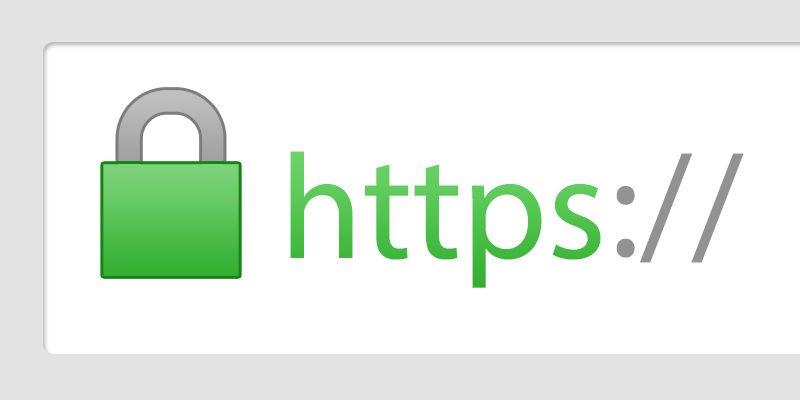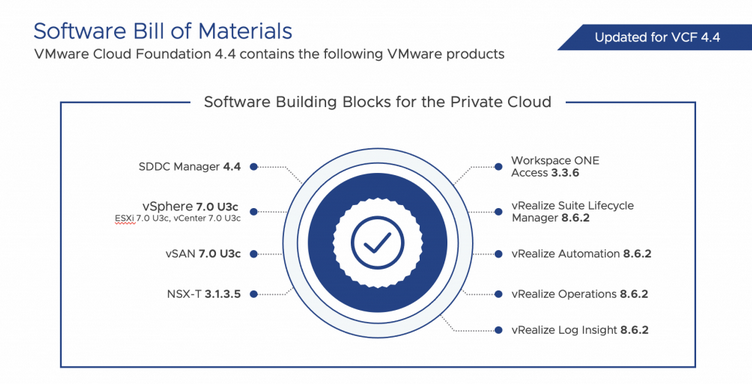VMware Cloud Foundation Operations is the next generation of Aria Operations and tightly integrated with VMware VCF-based private cloud infrastructure. At its core, VCF Operations is an Ops Management tool, but with the next release of VMware Cloud Foundation, VCF Operations will be the focal point for managing and operating the VMware VCF environment. VCF Operations will integrate single sign-on, certificate, password, and lifecycle management(LCM) capabilities. Simply put, it will be the centralized point for configuring the VCF private cloud and will be mainly used, but not limited to, for VCF day-2 operations. In this blog post, we’ll go through the components and architecture of VCF Operations.
If you have experience working with Aria Operations or Aria Operations, then understanding the components and architecture of VCF Operations won’t be hard for you! But don’t worry if you don’t have experience with vROps or Aria Ops! Keep reading this blog post, and you’ll get a better idea.
Continue reading “Introduction to VMware Cloud Foundation (VCF) Operations” →
